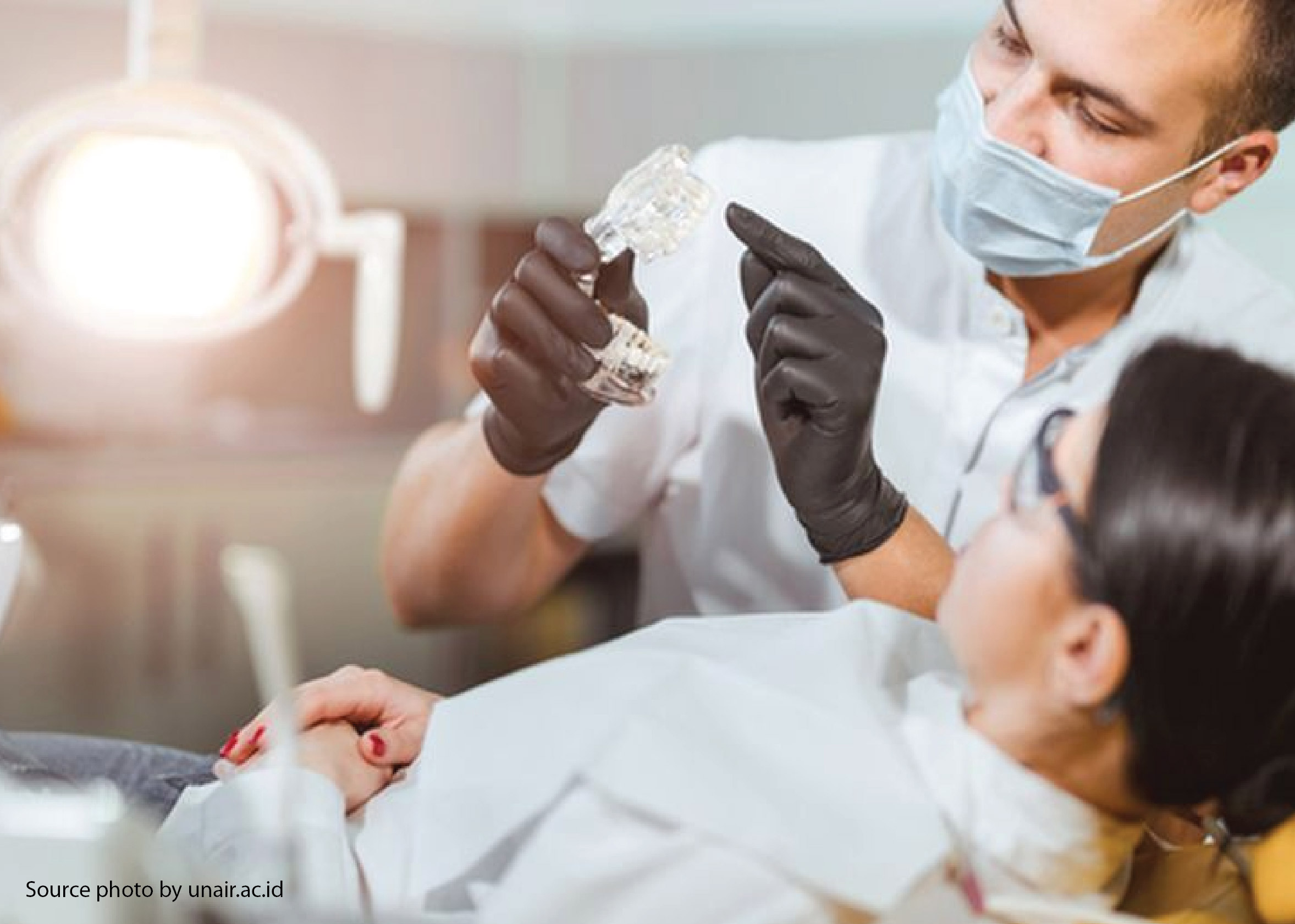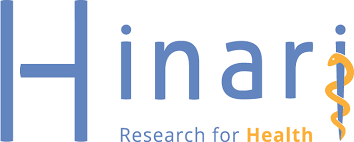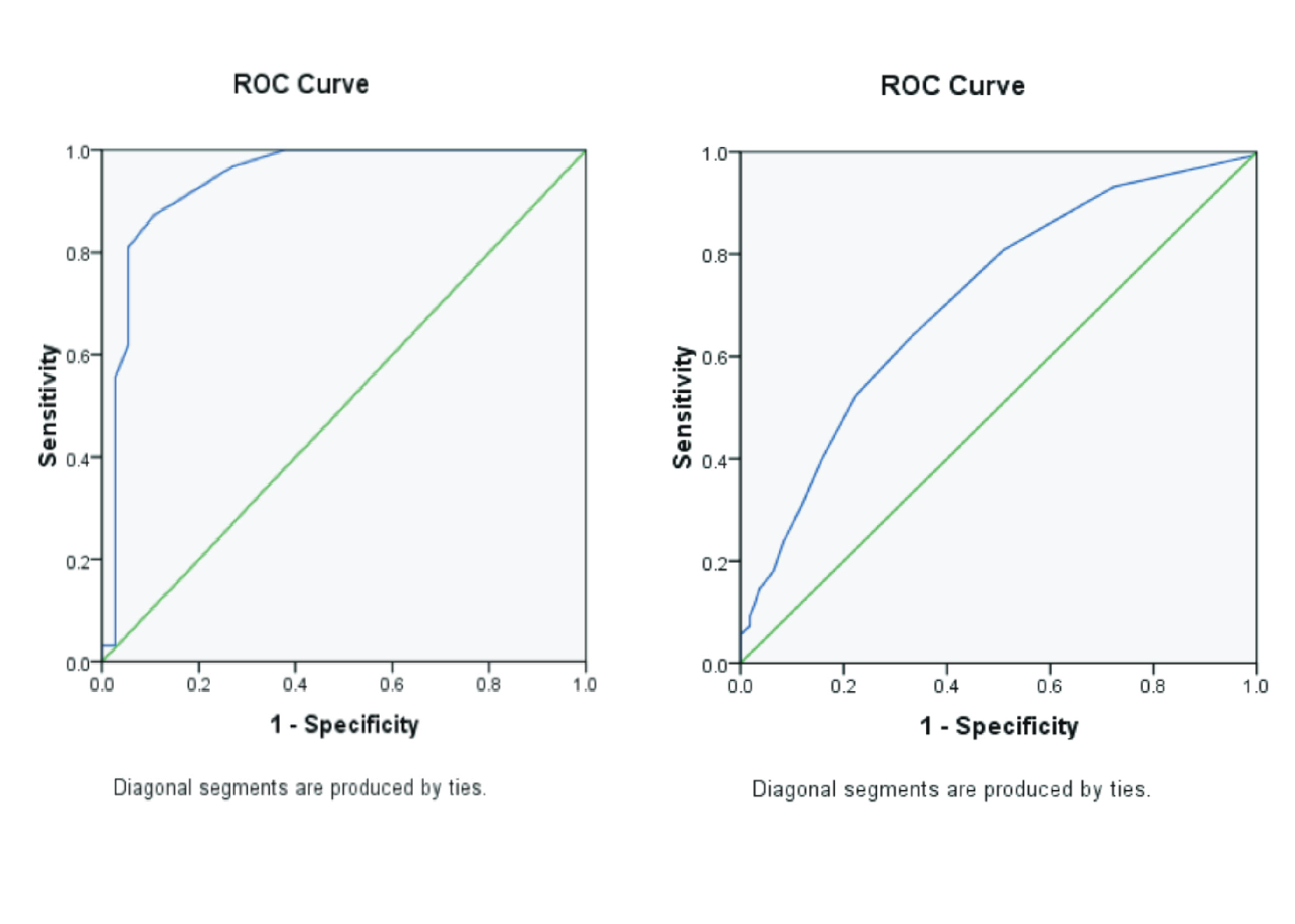PREVENTION AND CONTROL OF CROSS INFECTION AT DENTAL LABORATORIES IN EAST JAVA PROVINCE OF INDONESIA

Downloads
Background: infectious disease is one major important health issue. Dental technician is an occupation which has a risk to get infectious disease transmitted from saliva, blood or contaminated tools if universal precaution utensils did not use properly. Infection can be transferred through dental impression from surface contact, handpiece, burs, pumice, aerosol etc. Purpose:This study aim to find out desinfection implementation in dental laboratories located in East Java as a preventive and controlling action towards cross infection.Method: Data were obtained through questionnaire, the questionnaires were designed to get the information related to infection control from dental laboratories in East Java. The survey was conducted in 36 dental laboratories listed by Association of Dental Technician in East Java.Result: As much as 90% dental laboratories did not performed desinfection procedure to the dental impression received from dentist and never follow any desinfection training. AS much as 95% Dental laboratories believe universal precaution utensils can be infected but only 50% utilize universal precaution utensils. Eventhough if such infection occurs, the owner will be fully responsible.Conclusion: Prevention and management towards cross infection control in dental laboratories located in East Java still very low. Development and supervision towards dental laboratories operational by Indonesian government and professional association need to be improved. Education regarding infection control need to be performed through trainings and inserted infection control matters in dental technician study programme curriculum in Indonesia.
Al-kheraif, A. a, 2008. Infection control practice in private dental laboratories in Riyadh. Saudi Dent J 20, 163–169.
AN, T., KM, K., P, A., K, M., 2010. Determination of operator exposure level to pestiside during greenhouse aplication with new type multi nozzle equipment. Hell. J Plant prot 3, 9–16.
Baseer, M.A., Rahman, G., Yassin, M.A., 2013. Infection Control Practices in Dental School: A Patient Perspective from Saudi Arabia. Dent. Res. J. (Isfahan). 10, 25–30.
Ferreira, F.M., Novais, V.R., Junior, P.C.S., Soares, C.J., Neto, A.J.F., 2010. Evaluation of Knowledge About Disinfection of Dental Impressions in Several Dental Schools. Rev Odontol Bras Cent. 19, 285–289.
Gali, S., Souza, M.D., 2014. Dental Pumice as A Source of Cross Contamination in Laboratories : A Microbiologic Study. Jpurnal Dent. Oro-facial Res. 10, 12–15.
Gupta, S., Rani, S., Garg, S., 2017. Infection Control Knowledge and Practice: A Cross-Sectional Survey on Dental Laboratories in Dental Institutes of North India. J. Indian Prosthodont. Soc. 17, 348–354.
Ibrahim, N.K., Alwafi, H.A., Sangoof, S.O., Turkistani, A.K., Alattas, B.M., 2017. Cross-Infection and Infection Control in Dentistry: Knowledge, Attitude and Practice of Patients Attended Dental Clinics in King Abdulaziz University Hospital, Jeddah, Saudi Arabia. J. Infect. Public Health 10, 438–445.
Kang, J., O'Donnell, J.M., Colaianne, B., Bircher, N., Ren, D., Smith, K.J., 2017. Use of Personal Protective Equipment Among Health Care Personnel: Results oOf Clinical Observations and Simulations. Am. J. Infect. Control 45, 17–23.
Kemenkes RI, n.d. Kepmenkes RI No. 372/Menkes/SK/III/2007 tentang Standar Profesi Teknisi Gigi. 2007.
Kementrian Kesehatan RI, 2012. Standar pencegahan dan pengendalian infeksi pelayanan kesehatan gigi dan mulut di fasilitas pelayanan kesehatan. Kementrian Kesehatan RI, Jakarta.
Kementrian Kesehatan RI, 2017. Peraturan Menteri Kesehatan Republik Indonesia Nomor 27 Tahun 2017 Tentang Pedoman Pencegahan Dan Pengendalian Infeksi Di Fasilitas Pelayanan Kesehatan 2017.
Khanghahi, B.M., Zahra Jamali, •, Fatemeh, •, Azar, P., Mohammad, •, Behzad, N., Saber Azami-Aghdash, •, 2013. Systematic Review Knowledge, Attitude, Practice, and Status of Infection Control among Iranian Dentists and Dental Students: A Systematic Review. Dent. Clin. Dent. Prospect. J Dent Res Dent Clin Dent Prospect 7, 55–60.
Kohn, W.G., Collins, A.S., Cleveland, J.L., Harte, J.A., Eklund, K.J., Malvits, D.M., 2003. Guidelines for Infection Control in Dental Health-Care Settings --- 2003.
Oudejans, L., O'Kelly, J., Evans, A.S., Wyrzykowska-Ceradini, B., Touati, A., Tabor, D., Snyder, E.G., 2016. Decontamination of Personal Protective Equipment and Related Materials Contaminated with Toxic Industrial Chemicals and Chemical Warfare Agent Surrogates. J. Environ. Chem. Eng. 2745–2753.
Pavarina, A.C., Pizzolitto, A.C., Machado, A.L., Vergani, C.E., Giampaolo, E.T., 2003. An infection control protocol: effectiveness of immersion solutions to reduce the microbial growth on dental prostheses. J. Oral Rehabil. 30, 532–536.
R, K., AR, P., R, F., SU, K., F, A., PA, P., 2012. Infection control in dental laboratories - A review. Int J Clin Cases Investig 4, 19–32.
Rodrigues, A.C., Matilde, F.D.S., Rosa, F.C.S., Kimpara, E.T., Cardoso, J.A.O., Balducci, I., Koga-Ito, C.Y., 2013. Disinfection Protocols to Prevent Cross-Contamination Between Dental Offices and Prosthetic Laboratories. J. Infect. Public Health 6, 377–382.
Sammy, K.C., Benjamin, S.N., 2016. Infection Control Mechanisms Employed by Dental Laboratories to Prevent Infection of their Dental Technicians/Technologists. J. Oral Heal. Craniofacial Sci.
Sammy KC, Benjamin SN, n.d. Infection Control Mechanisms Employed by Dental Laboratories to Prevent Infection of their Dental Technicians/Technologists.
Sharifzadeh, M.S., Abdollahzadeh, G., Damalas, C.A., 2017. Perceived Usefulness of Personal Protective Equipment In Pesticide use Predicts Farmers' Willingness to use It. Sci. Total Environ. 609, 517–523.
Copyright (c) 2021 Journal of Vocational Health Studies

This work is licensed under a Creative Commons Attribution-NonCommercial-ShareAlike 4.0 International License.
- The authors agree to transfer the transfer copyright of the article to the Journal of Vocational Health Studies (JVHS) effective if and when the paper is accepted for publication.
- Legal formal aspect of journal publication accessibility refers to Creative Commons Attribution-NonCommercial-ShareAlike (CC BY-NC-SA), implies that publication can be used for non-commercial purposes in its original form.
- Every publications (printed/electronic) are open access for educational purposes, research, and library. Other that the aims mentioned above, editorial board is not responsible for copyright violation.
Journal of Vocational Health Studies is licensed under a Creative Commons Attribution-NonCommercial-ShareAlike 4.0 International License














































